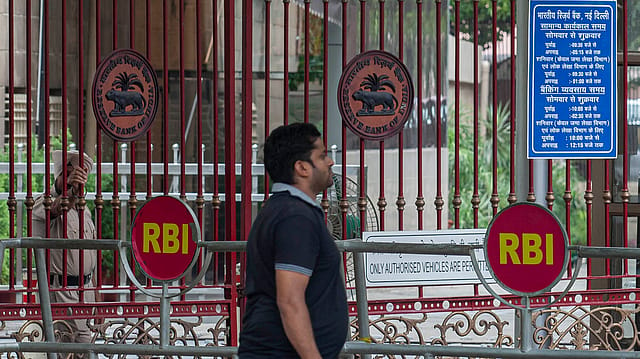RBI eases project finance norms; new guidelines to kick in from October 1
ADVERTISEMENT

The Reserve Bank of India (RBI) on Thursday published a new set of directives to streamline and strengthen the regulatory framework for project financing. The Reserve Bank of India (Project Finance) Directions, 2025, will come into effect from October 1, 2025, giving regulated entities sufficient time to realign internal policies and systems.
The new framework aims to balance prudential safeguards with the realities of project implementation cycles and sector-specific challenges. The key features of the directions include:
Principle-based stress resolution: A harmonised regime across REs for resolving stress in project finance exposures, moving away from a prescriptive, one-size-fits-all approach.
Rationalised DCCO extensions: The permissible extension for the Date of Commencement of Commercial Operations (DCCO) has been capped at three years for infrastructure projects and two years for non-infrastructure projects.
Increased flexibility for lenders: Within the above ceilings, lenders will have the freedom to extend DCCO timelines based on commercial judgement, allowing for more dynamic decision-making.
Revised provisioning norms: Standard asset provisioning for under-construction projects has been streamlined to 1%, with a gradual increase for each quarter of DCCO deferment. For under-construction Commercial Real Estate (CRE) exposures, the provisioning will be slightly higher at 1.25%.
December 2025
The annual Fortune 500 India list, the definitive compendium of corporate performance, is out. This year, the cumulative revenue of the Fortune 500 India companies has breached $2 trillion for the first time. Plus, find out which are the Best B-schools in India.
Status quo for projects with financial closure: Projects that have already achieved financial closure will continue to follow the current provisioning norms to ensure a smooth transition. "Under-construction projects where financial closure has already been achieved shall continue to be guided by the extant provisioning norms to facilitate a seamless implementation," the RBI states.
Lower provisioning during operational phase: Once projects are operational, provisioning will drop to 1% for CRE, 0.75% for CRE-RH (Residential Housing), and 0.40% for other project exposures.
The directives were finalised after the central bank issued draft guidelines on May 3, 2024, seeking feedback from stakeholders on a proposed prudential framework. The draft aimed to address risks associated with project loans while offering a flexible and enabling approach for regulated entities (REs) such as banks and non-banking finance companies (NBFCs). Following extensive consultation with nearly 70 stakeholders, including banks, NBFCs, industry bodies, academicians, law firms, individuals, and the Centre, the RBI has now finalised and published the norms.
